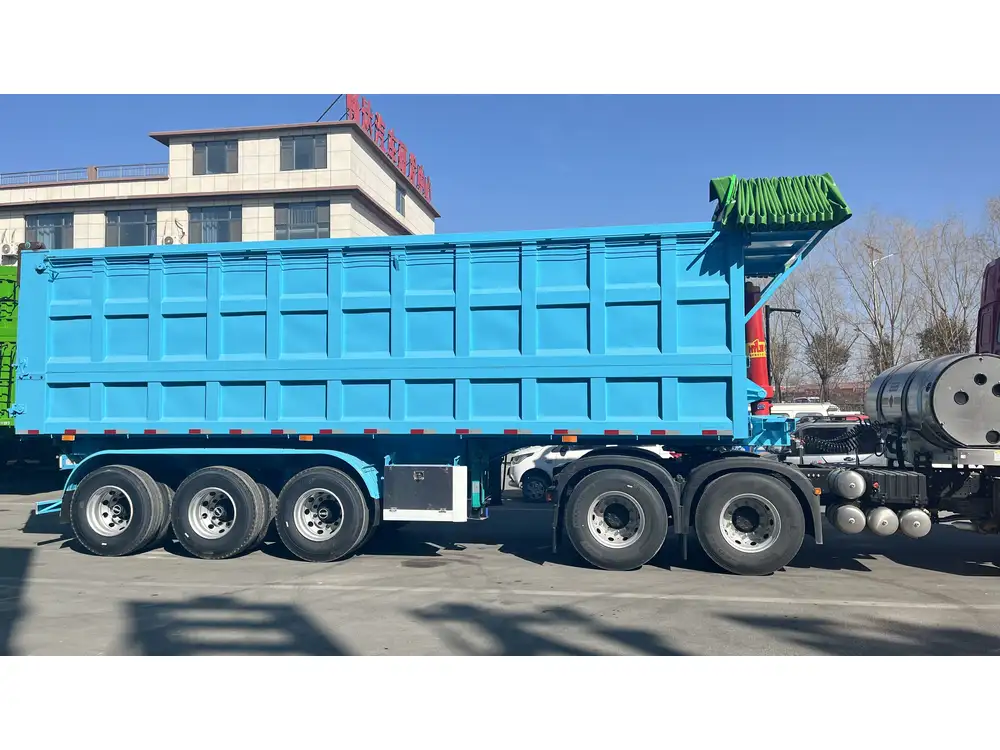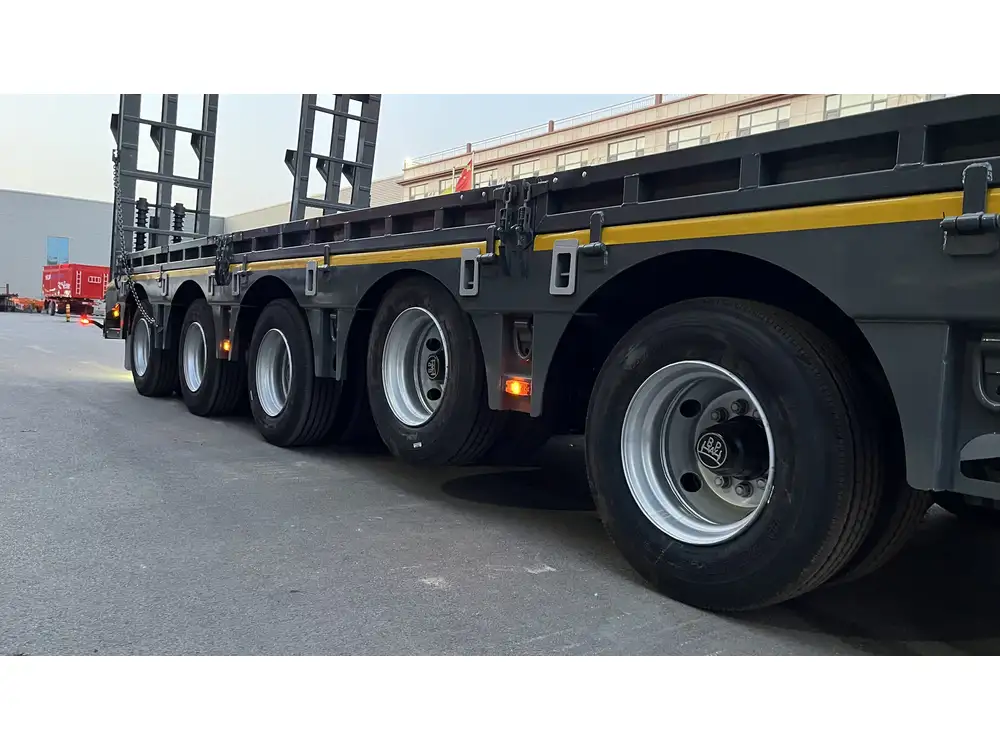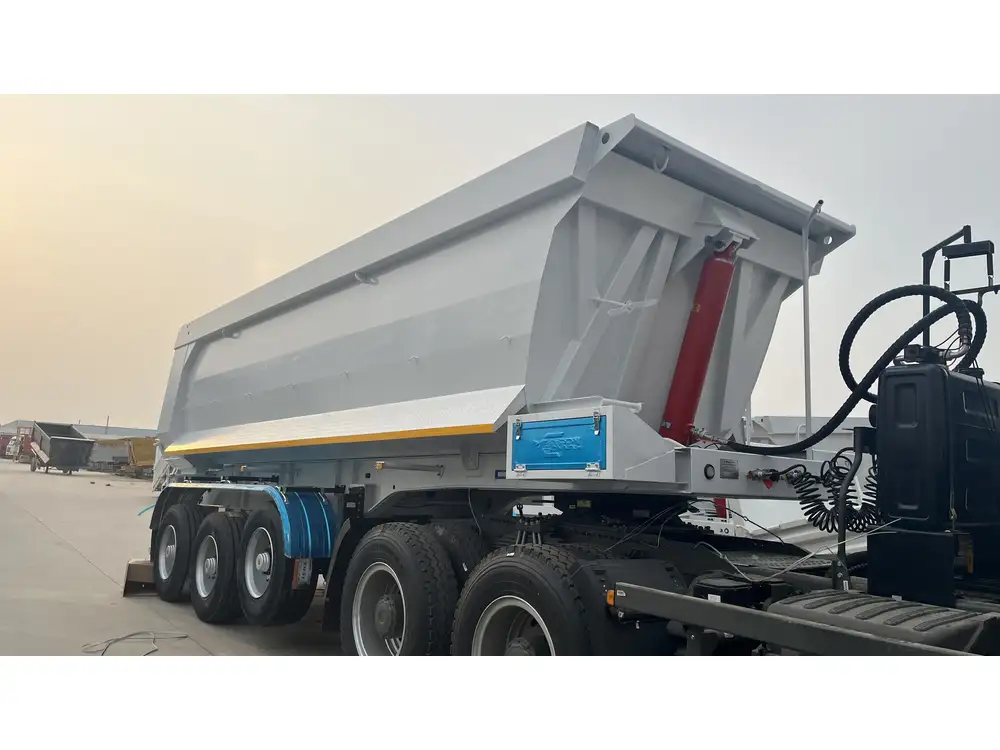When it comes to hauling debris and junk for a dump run, choosing the right trailer size is crucial. An inappropriate size could result in multiple trips, wasted time, additional fuel costs, and more straining efforts on you and your tow vehicle. This guide will dissect everything you need to understand about selecting the ideal trailer size for your dump run to streamline your experience effectively.
Understanding the Types of Trailers for Dump Runs
Before identifying the size of the trailer, it is vital to recognize the types available. Each has distinct features crucial for varying loads:
| Trailer Type | Description | Best Used For |
|---|---|---|
| Utility Trailer | Open design, versatile, suitable for general use | Landscaping debris, household junk |
| Dump Trailer | Hydraulic lift, enclosed, easier unloading | Heavy materials, construction waste |
| Enclosed Trailer | Weatherproof, secure storage | Sensitive items, vulnerable during transport |
| Flatbed Trailer | Open deck, unrestricted height and weight | Large items, equipment transport |
Choosing the Right Trailer Size
The most pertinent question is: What size trailer do you need for your dump run? Several factors dictate the optimal trailer size:
Type of Debris:
- Lightweight Debris: If you are hauling small, lightweight items like yard waste or old furniture, a 4×6 or 5×8 utility trailer might suffice.
- Heavy Materials: For construction debris such as concrete or bricks, aim for 6×12 dump trailers or larger to accommodate the weight and volume.
Volume of Waste:
- Small Loads: Less than 1 cubic yard of debris typically fits in a utility trailer up to 5×8.
- Medium to Large Loads: If your load exceeds 2 cubic yards, consider trailers upwards of 6×12, especially if the waste comprises bulky items.
Weight Restrictions:
- Pay attention to the weight rating of the trailer. Short utility trailers may only support 1,200 lbs, while dump trailers can handle 3,000 lbs or more. Always check the specifications to avoid overloading.

Ideal Dimensions for Various Loads
Here is a precise breakdown of the optimal trailer dimensions based on specific load types:
| Load Type | Recommended Trailer Size | Description |
|---|---|---|
| Yard Waste | 4×6 to 5×8 | Light, potential for multiple trips |
| Household Junk | 5×10 | Reasonable load, easy to maneuver |
| Construction Debris | 6×12 to 7×14 | Heavy, must adhere to weight limits |
| Commercial Waste | 8×16 or larger | Bulk, often requires multiple trips |
Calculating Load Capacity
To accurately determine if your trailer can accommodate the load:
Calculate Volume: Convert your debris into cubic yards. Use the formula: [ \text{Volume (cu yd)} = \frac{\text{Length (ft)} \times \text{Width (ft)} \times \text{Height (ft)}}{27} ]
Check Weight Capacity: Each trailer holds a specific maximum weight. For example, if a trailer’s payload is 3,500 lbs, ensure your total load does not exceed this limit.
Safety Tips for Loading Your Trailer
1. Distributing Weight Evenly:
When placing items in your trailer, ensure that the weight is distributed evenly. This enhances stability while towing and mitigates the risk of swaying or tipping.
2. Securing Your Load:
Utilize bungee cords, ratchet straps, or tie-downs to secure debris and prevent shifting during transport.
3. Filling to the Proper Height:
Always load materials well below the trailer’s side rail. Overloading can lead to dangerous situations, especially during sudden stops.

Common Questions About Trailer Usage
1. How Many Trips Should I Expect for a Dump Run?
The number of trips to the dump largely depends on the trailer size and the amount of waste. A standard pickup truck bed can carry about 1.5 cubic yards. Using a 6×12 dump trailer allows for approximately 3-4 cubic yards, potentially cutting your trips in half.
2. Can I Rent a Trailer for a One-Time Use?
Absolutely. Many rental companies offer various trailer sizes for daily or weekly rentals. This can be a cost-efficient alternative if you only need it occasionally.

3. Does Weight Impact Fuel Economy When Towing?
Yes. Towing heavier loads can significantly reduce your vehicle’s fuel efficiency. It’s advisable to take only what you can safely manage regarding weight and volume.
Comparing Dump Trailers Vs. Utility Trailers
| Feature | Dump Trailers | Utility Trailers |
|---|---|---|
| Loading Style | Hydraulic lift for easy unloading | Manual loading and unloading |
| Cost | Generally more expensive | More affordable |
| Versatility | Designed for heavy debris | Multi-purpose for lighter loads |
| Use Cases | Best for construction or large waste | Great for household junk or yard waste |
Alternative Solutions When a Trailer Isn’t Feasible
If you determine that a trailer isn’t the best route for your project, consider other options:
- Hire a Junk Removal Service: If the load is impractical or you’re short on time, professionals can quickly handle the task.
- Rent a Dumpster: For substantial amounts of debris, a rental dumpster may be the most efficient way to manage a large-scale clean-out.

Conclusion: Selecting Your Ideal Trailer Size
Choosing the correct trailer size for a dump run isn’t merely about measurement; it entails a keen understanding of your load, vehicle capabilities, and safety protocols. Each trailer type has its applicable benefits based on your specific needs, whether hauling outdated furniture or managing construction debris.
In summation, the key lies in assessing the volume, weight, and type of debris you’re planning to haul. By adhering to the recommendations outlined in this guide and conducting a thorough evaluation of your needs, you can confidently choose a trailer that enhances your efficiency. Your next dump run can be seamless and swift, saving you time, money, and effort.



